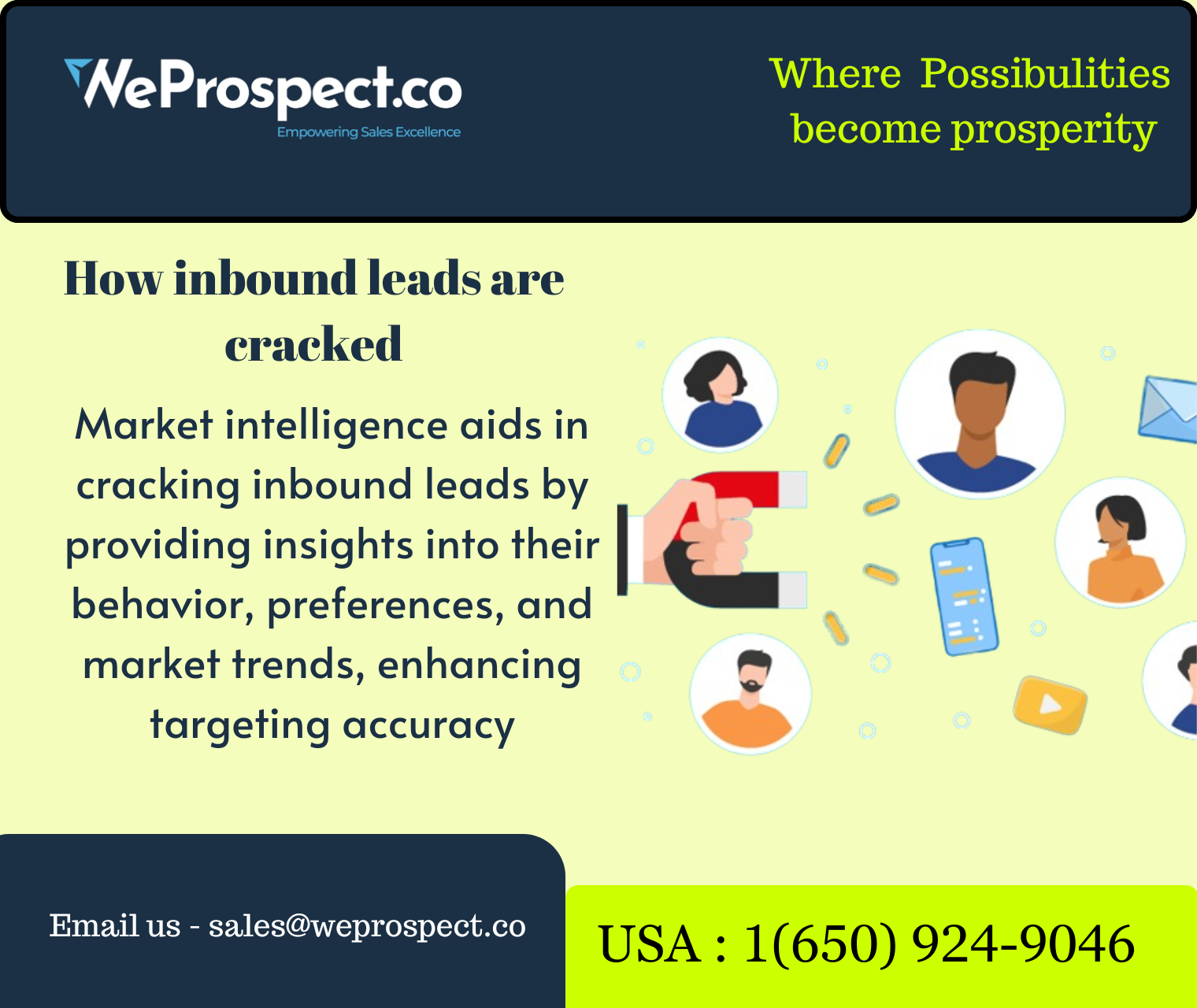
Maximizing conversion rates relies on ensuring prompt contact with inbound leads and capitalizing on prospect interest. The significance of swift lead response is underscored by studies and industry best practices. Speed in engagement not only maintains prospect interest but also enhances the likelihood of successful conversions. The critical role of timely communication in converting leads into valuable customers is emphasized. By prioritizing swift and effective engagement, businesses can navigate the competitive landscape, foster lasting customer relationships, and ultimately optimize their conversion strategies for sustained success in today’s dynamic market. Here are some key considerations:
In conclusion, promptly contacting inbound leads, preferably within the initial five minutes, is a cornerstone in effective lead management. This swift response aligns with the psychology of lead engagement, addresses the competitiveness of the market, and meets the expectations of prompt communication in the digital era. Efficient systems and automation play a crucial role, allowing businesses to consistently achieve rapid response times. This proactive approach not only fosters positive engagement but also contributes significantly to improving overall lead conversion rates.
